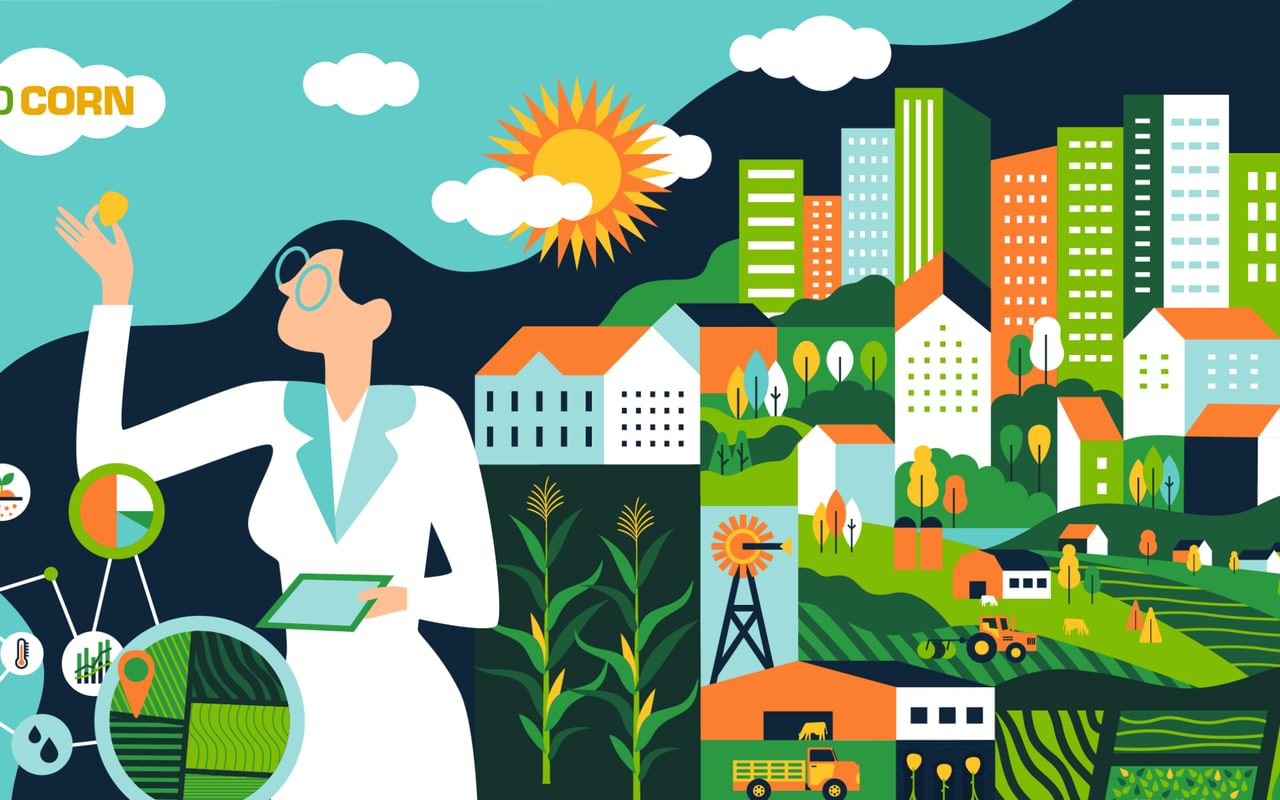Finding Your Target: Geotargeting, Geofencing and Beaconing
In our mobile society connected by the Internet of Things, companies are still concerned about exactly where their customers are.
As a consumer, you’ve no doubt noticed that when you download an app or visit a retailer’s website, you’re prompted to share your location. It can be irritating.
And if you live in a rural area, as many folks involved in agriculture do, providing your location isn’t always a positive experience. Sometimes you get lumped into the wrong geography or receive a “not available in your area” type of response.
However, as a marketer, you realize that having the ability to deliver different content to a website user based on his or her geographic location is an awesome proposition.
Geotargeting
The truth is, when we’re online, we’re usually providing information on our location without being asked, and without even being aware that it’s happening.
Geotargeting technology uses our IP addresses to serve us more relevant content, ads, offers and much more. Marketers can target by DMA, state, city, zip code or radius within miles from a specific location.
As more and more people access the web on mobile devices, most folks have come to expect geotargeting via GPS and location services.
These tools for pinpointing prospects and customers provide great access and accuracy for marketers in all industries. While it may seem as though your marketing budget is forced to stretch across more media, geotargeting can make it much less expensive to find precisely who you’re looking for.
Geofencing
With geofencing, a term primarily used with mobile, you can draw a virtual map around a specified area and target users within that area.
As part of a mobile media buy, for example, you could geofence a 500-foot radius around your lemonade stand, and folks within that radius would receive your mobile ads or notifications both within apps and on mobile browsers.
Or, if you were selling auto insurance, you might geofence a car dealership and serve up ads to car buyers on their mobile devices. You would probably also serve up ads to employees of the dealership, however, so the technology isn’t perfect.
Here at Paulsen, we used geofencing to target attendees of Dakotafest, a regional farm show. We drew our “fence” around the Dakotafest grounds as well as main roads into Mitchell, S.D. The ads, placed on behalf of our client, informed people within that boundary of special giveaways and free food at the booth.
Due to the nature of ag marketing, geofencing makes the most sense for events and dealerships.
But there are caveats. The success of mobile geofencing depends on cell service, so geofencing a field day in a remote location wouldn’t work well. While an ag marketer might be tempted to target farmers with a geofence at the Iowa State Fair, it would be inefficient because of the large number of non-farmers in attendance.
Beacon Technology
With beaconing, marketers use Bluetooth Low Energy (BLE) wireless technology to send messages to people within a specific location.
It’s a little like text-message or SMS marketing in that recipients need to opt in. They also need an app to receive the message.
Messages are tailored for the specific time and place. An example from the consumer world would be a retail store that uses beaconing to let shoppers know about an exclusive offer for beacon shoppers only.
Customers, in turn, download the app and sign up for the service so they can receive the exclusive offers.
For ag marketing, beaconing makes the most sense in equipment or feed/seed dealerships or at ag-focused events where targets are using an app to enhance their experience.
If you would like to learn more about how geotargeting, geofencing and beaconing can help your business, contact Sara Steever at sara.steever@paulsen.agency or 605-336-1745.
